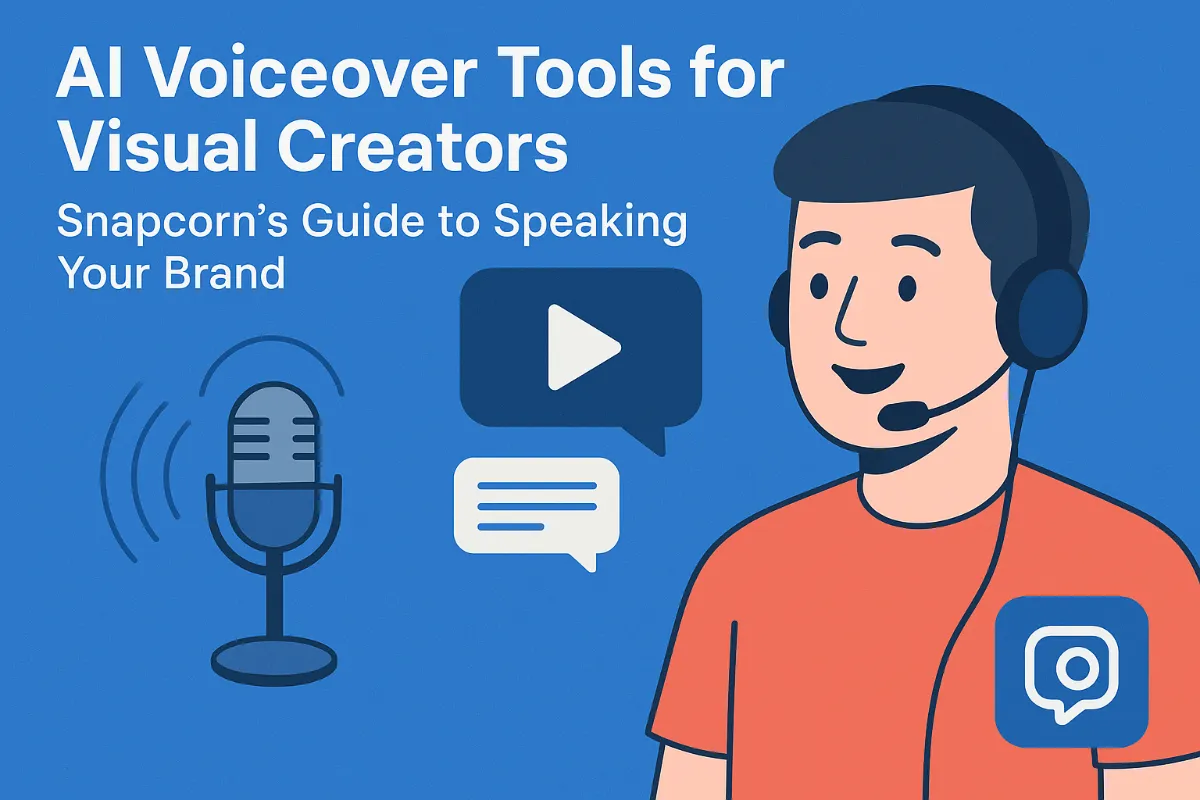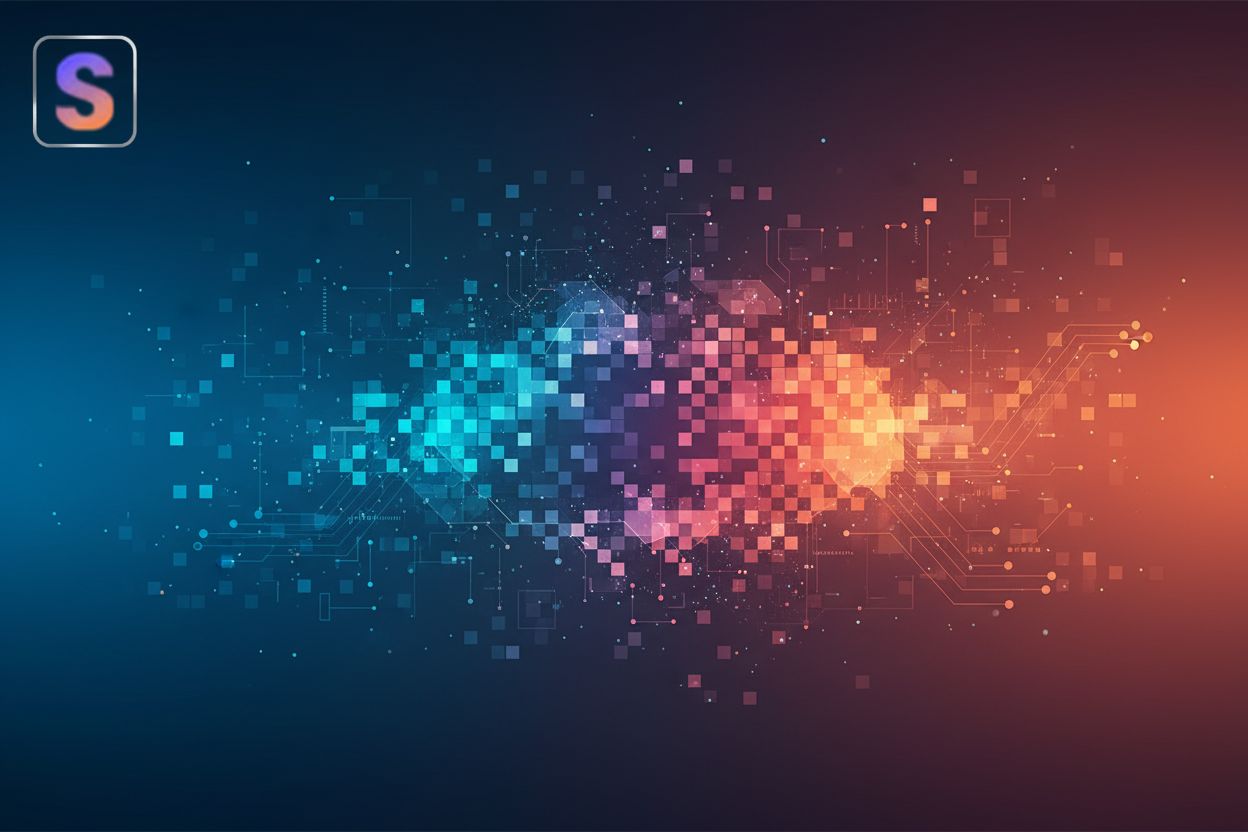Understanding Image Upscaling Tools
TL;DR
What is Image Upscaling and Why Does It Matter?
Okay, so you've got this awesome photo, right? But it's, like, tiny. Ever wonder if you can magically make it bigger without it looking all pixelated and terrible? That's where image upscaling comes in, and it offers significant advantages.
So, what is image upscaling, really? Well, simply put, it's increasing the resolution of an image, like, making a small photo bigger. Now, you might think, "Hey, I can just drag the corner of the image in Photoshop and make it bigger!" But that's where you run into problems. Just enlarging an image without any fancy tech usually results in a blurry, pixelated mess. Upscaling, on the other hand, uses clever algorithms and sometimes even ai to try and preserve or even enhance the detail as it makes the image bigger. It's not just stretching the pixels; it's trying to guess what should be there.
- Think of it like this: you've got a connect-the-dots picture with only a few dots. Enlarging it is like just spreading those dots further apart – you get the same basic shape, but it's all stretched and ugly. Upscaling is like having ai add more dots in between, so when you make it bigger, it actually looks like a complete picture.
Why should you, as a photographer, care about upscaling? Plenty of reasons, honestly.
- Printing large format photos: Want to make a huge print for a gallery show? Upscaling can help you get away with using a smaller original image.
- High-resolution displays: Those new 8k monitors are hungry for pixels. Upscaling can make your photos look their best on them.
- Reviving old photos: Got some old family photos that are super low-res? Upscaling can breathe new life into them – maybe not perfect, but definitely better!
- e-commerce product shots: If you are doing any e-commerce work, you know the platforms are very particular about the image sizes. Upscaling can take your e-commerce photography tools to the next level. High-resolution images are crucial for e-commerce because they allow customers to zoom in and see all the details, building trust and potentially leading to more sales.
And that's just scratching the surface. In essence, upscaling is not just about making images bigger; it's about making them better. Next up, we will explore the tools you can use.
Traditional vs. AI-Powered Upscaling Techniques
Okay, so, ever zoomed in way too much on a photo and thought, "Ugh, that's rough?" Well, the way we upscale images has come a long way, seriously. It's not just stretching pixels anymore.
Traditional upscaling methods? Think of them as the OG ways of making images bigger. They're, like, the classic algorithms that have been around for ages. Problem is, they have limits.
- Nearest Neighbor Interpolation: This is the fastest method. But, honestly, it's also the worst in terms of quality. It just duplicates the nearest pixel, which leads to super blocky results. Like, imagine blowing up a Lego creation – you just see bigger Legos, which are essentially duplicated pixels that become visible as blocks, not a smoother shape.
- Bilinear Interpolation: A step up from nearest neighbor, bilinear interpolation looks at the four surrounding pixels and takes a weighted average. It's smoother, yes, but it can still look kinda blurry. It's like smudging paint – the hard edges disappear, but so does the crispness, as this smudging effect blurs sharp edges and fine details.
- Bicubic Interpolation: This is even better than bilinear. It considers 16 surrounding pixels. You get even smoother results, but even this method struggles to add real detail. It's better at preserving what's already there, but it can't magically create new information.
The big problem? All these traditional methods can introduce artifacts and can lack detail that wasn't there in the first place.
Enter ai. This is where things get interesting, even if it sounds a little sci-fi. ai upscaling uses machine learning to predict what details should be in the upscaled image. It's not just guessing; it's making educated guesses based on tons of data.
- How ai upscaling works is that the models are trained on vast datasets of images, recognizing patterns and learning what things should look like.
- Think of it like teaching ai to be a super-smart artist. It studies countless paintings and drawings, and then it uses that knowledge to "fill in the blanks" when you upscale an image.
- One of the benefits of using ai upscaling is sharper details, reduced artifacts, and a more natural look.
For example, you may have heard of deep convolutional neural networks (dcns). These are a type of neural network commonly used in image recognition and processing, and they are applied in AI upscaling to analyze image features and intelligently reconstruct details, predicting what should be present in the higher-resolution version.
Okay, imagine you're upscaling a photo of a face. With traditional methods, you might get a bigger face, but the details are often fuzzy. Eyes look kinda soft, and skin textures are meh. With ai upscaling, the ai can often reconstruct those details, making the eyes sharper and the skin texture more realistic. It can even add details that weren't really visible in the original image.
Now, next up, let's look at some specific tools you can use to upscale your images.
Choosing the Right Image Upscaling Tool
So, you're ready to pick an upscaling tool, huh? It's not always obvious which one is gonna be the best fit--kinda like picking the right lens for a shoot. Let's dive in.
First things first, what are you actually upscaling? A portrait? Landscape? Product photo? Different tools are better suited for different types of images.
- If you're working with portraits, you'll want something that's good at preserving skin texture and facial details. You don't want to end up with everyone looking like plastic dolls, right? Think about how ai can help enhance skin texture and make eyes pop in your portrait shots.
- For landscapes, you'll need a tool that can handle fine details like trees, grass, and clouds without turning them into mush. You want to keep that natural crispness.
- And if you're doing product photography, you'll want something that can really make those details shine, like the texture of a fabric or the gleam on a metal surface. This is especially true if you're dealing with e-commerce stuff; you need those product shots to pop.
Next, think about how big you need to upscale your images and what level of quality you're aiming for. Are you just trying to make something a little bigger for a website, or are you trying to blow it up for a billboard? Because that makes a huge difference.
Also, consider processing speed and hardware needs. Some of these ai-powered tools can be pretty resource-intensive. If you're running them on an older computer, it might take forever to upscale a single image. Nobody got time for that!
And finally, don't forget about ease of use. Some tools are super user-friendly, while others are, well, not so much. If you're not super tech-savvy, you'll probably want to stick with something that's easy to figure out.
There are tons of upscaling tools out there. Each has their own strengths and weaknesses, honestly.
- Adobe Photoshop: Good ol' Photoshop has some decent upscaling capabilities built-in, especially with its Preserve Details resampling method.
- Pros: Widely available if you already subscribe, good for general use.
- Cons: Not as specialized as dedicated AI tools, can be resource-heavy.
- Gigapixel AI: This one's a dedicated ai upscaling tool, and it's known for producing some really impressive results.
- Pros: Excellent detail recovery, often produces very natural-looking results.
- Cons: Can be one of the pricier options, requires a decent computer.
- Let's Enhance: This is an online tool that uses ai to upscale images. It's pretty easy to use, and it offers a free tier, which is always a plus.
- Pros: Accessible via web browser, has a free tier for trying it out, user-friendly interface.
- Cons: Free tier has limitations, requires internet connection, results might vary compared to desktop software.
- There are other options, like waifu2x, but that is more for anime style images.
Choosing the right upscaling tool comes down to figuring out your specific needs and priorities. What kind of images are you working with? How big do you need to upscale them? And how much are you willing to spend?
Practical Applications and Use Cases
Ever seen those old photos that are, like, the size of a postage stamp? Image upscaling can actually work wonders on those! Let's dive into how this tech can be used in the real world, beyond just making your Instagram pics look a bit sharper.
Got a box of faded family photos in the attic? Upscaling can help bring them back to life. It's not magic, of course, but it can do a surprisingly good job of removing that grainy "noise", and sharpening up the details that have been lost over time. Think of it as a digital restoration project.
- Here's the deal, you will need to scan those old photos at the highest resolution possible. This gives the upscaling algorithm more data to work with.
- Then, use an ai-powered tool to upscale the image. Some tools even have specific settings for old photos, which can help to optimize the results.
- The results aren't always perfect, but it can make a huge difference to the overall look and feel of the image.
If you're selling stuff online, you know how important good photos are. Nobody's gonna buy a product if they can't see what it actually looks like, right? Upscaling can be a game-changer here.
- High-resolution images are key for e-commerce because they allow customers to zoom in and see all the details. This builds trust and can lead to more sales.
- Upscaling can also help to create a more consistent look across your product photos, which is important for branding.
- By enhancing product details and textures, you can create images that are more visually appealing and attract more customers.
Want to blow up one of your photos for a gallery show or just a big print for your wall? Upscaling is essential. Because, when you print things large format, you need the resolution to actually be there.
- Upscaling ensures that your images have enough resolution to be printed at large sizes without looking pixelated or blurry.
- Be sure to prepare your images correctly for professional printing services. This includes choosing the right color space (like sRGB for web and Adobe RGB or CMYK for print) and file format (like TIFF or high-quality JPEG). These choices affect color accuracy and compatibility with printing equipment.
- Picking the right paper and printing settings can also make a big difference in the final result, so do your homework!
In summary, image upscaling has a ton of practical uses, from reviving old memories to boosting e-commerce sales.
Tips and Best Practices for Image Upscaling
Okay, so you've got your upscaled image – now what? Don't just stop there, thinking the ai did all the work. Here's a few tips and tricks I've picked up over the years...
Start with the best you got: Seriously, the better the original image is, the better your result is going to be. If you're trying to upscale something that's already a blurry mess, you're not gonna get a miracle. Think of it like cooking: good ingredients make a good meal.
Experiment, experiment, experiment: Not all upscaling algorithms are the same. Some are better for portraits, others for landscapes. Try out a few different ones to see what looks best for your image. And don't be afraid to tweak the settings. Most tools let you adjust things like sharpness and noise reduction.
Don't be afraid of post-processing: Upscaling is just the first step. Once you've got your upscaled image, open it up in your favorite photo editor and give it a little love. Adjust the contrast, brightness, and color balance to really make it pop.
It's easy to get caught up in the upscaling process and forget about the final details. But trust me, post-processing can make a huge difference. Here's a few things to keep in mind:
Selective Sharpening: Don't just crank up the sharpness across the board. That can lead to some nasty artifacts. Instead, use a sharpening tool that lets you target specific areas of the image, like edges and details.
Color Correction: Upscaling can sometimes mess with the colors in your image. So, take a few minutes to adjust them. You will want to make sure everything looks natural, you know?
Artifact Removal: Even the best upscaling algorithms can leave behind some unwanted artifacts. Keep an eye out for weird lines, splotches, or other imperfections, and use your photo editor to clean them up.
Listen, it's tempting to go overboard with upscaling, especially when you see how much detail the ai can add. But remember, less is often more. If you upscale an image too much, it can start to look unnatural or even fake. For instance, an image upscaled too aggressively might develop a "plastic" look on skin, or fine textures like fabric might become overly smooth and lose their definition, appearing almost painted.
So, that's it, really. Image upscaling can be a super useful tool, but it's not a magic bullet. You still need to put in some effort to get the best results. With these tips, you'll be well on your way to creating some stunning images, i guarantee it.








